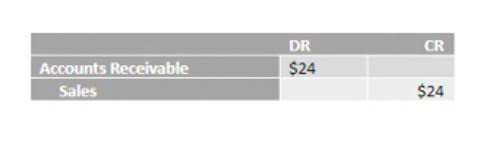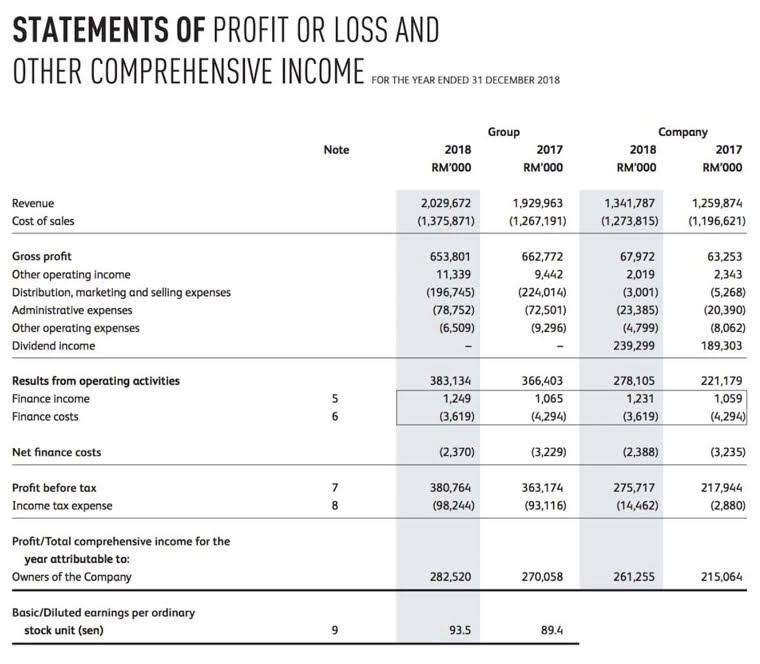Best Construction Accounting Software 2025
Sage 100 Contractor includes construction-specific features like project management tools, a report writer wizard, and equipment management. Its estimating and budgeting functionalities help manage budgets and completion of bids, while the scheduling tool automates subcontractor and supplier notices. Ultimately, it’s a comprehensive system that contractors can install on many different configurations, including stand-alone, network servers, and workstations.
AIA Progress Billing
Revenue recognition and retainage practices track with long-term contracts paid over time. To be eligible, contractors can’t exceed a certain average annual revenue, and their contracts must be able to be completed within a set timeframe. However, contractors now must consider guidance from the ASC 606 revenue recognition standards with their construction CPA. In the end, the goal is to help contractors identify their true costs and profitability, which is otherwise very difficult to do in an industry with so many variables from contract-to-contract. Construction contractors, however, need to treat each construction project as a unique, short-term profit center because each construction project tends to have unique inputs and requirements. Contractors usually have a high overhead that changes frequently, and it is challenging to ensure that all items are included and up to date.
Account Information
It’s important to note that, while Procore does offer financial management tools and reporting, it’s more of a project management solution than a true accounting software. Depending on your needs, Procore may be all you need to keep your finances organized and trackable. It’s a well-known tool that does the job well, provided you have the budget to pay for their service. Specialized accounting software is available to help construction contractors manage their business finances and the various projects that they may be involved in. Most of these solutions include accounting features to support your business from the bidding process to invoicing. Forbes Advisor researched the best construction accounting software on the market to help you find the right solution for your business.
The Percentage of Completion Method
By subscribing you agree to with our Privacy construction bookkeeping Policy and provide consent to receive updates from our company. Construction companies often face complex tax regulations, especially when operating across multiple jurisdictions. Failing to comply with these requirements can result in audits and penalties.
Job Costing: The Heart of Construction Accounting
These tools streamline expense tracking, integrate with accounting systems, and provide real-time insights into project costs. Contractors record revenue when and only when they receive payment — and report expenses when and only when they actually pay. Under cash accounting, if money hasn’t changed hands yet, there are no financial transactions to account for. Construction accounting is a unique form of bookkeeping and financial management.
- Another characteristic feature to consider in construction is tax withholding or retaining practices.
- But for teams that can facilitate that, Sage 300 brings a host of critical functions to the table, allowing crews to manage finances, projects, teams, schedules and a lot more.
- You want a platform that fits your overall budget and provides as much value without needing to upgrade with other subscriptions or customized solutions.
- By selecting the right AP software, you can streamline these processes, reduce administrative time, and improve project profitability.
- Regularly review your financial data, stay updated on the industry’s accounting standards, and don’t hesitate to seek professional advice when needed.
- You’ll be able to get into the weeds with budget management tools that allow you to go from budget to change order requests instantly.
- Last, it has extensive payroll features, supporting multi-state, multi-locality, prevailing wage, certifications, union contributions, and worker’s comp calculations.
- Better record keeping via time tracking, material costs, change orders, and subcontractor contracts can also lead to a better ROI.
- To be eligible, contractors can’t exceed a certain average annual revenue, and their contracts must be able to be completed within a set timeframe.
- Working on jobsites in multiple cities and states, employees may have multiple tax withholdings, all within a single payroll.
It can be deployed as an on-premise program or as cloud software through private hosting. For an additional fee, JOBPOWER can host your software in the cloud, allowing you to access your files from anywhere. JOBPOWER offers an ERP solution with an integrated GPS location tracker and a map. The GPS tracker helps field supervisors and managers track the location of their employees, especially if they’re working in the field. Another drawback is that you can only track estimated vs actual project costs in the most expensive QuickBooks Online plan. If you are on a budget and comparing actual to estimated costs is important to you, consider QuickBooks Enterprise.
- Users can access its accounting features remotely, including AR and AP, for simple invoicing, progress billing, and payable management.
- And while private companies don’t have a formal obligation to use GAAP, many choose to follow its best practices.
- Additionally, we wish that JOBPOWER’s pricing information was disclosed so that contractors could easily gauge its feasibility based on their budget.
- As a project progresses toward completion, the contractor can bill for the work they’ve performed, i.e. the completion percentage.
- Proper revenue recognition timing is crucial for accurate financial reporting.
- With the completed contract method, you recognize revenue only after completing a project.
- This invoice usually consists of a signed summary sheet and a statement of value detailing what has been completed and accounted for.
How do construction companies track expenses?
Sage Intacct Construction and Sage Intacct Real Estate is designed for contractors and owners to be able to manage properties and projects effectively. When it comes to https://www.bignewsnetwork.com/news/274923587/how-to-use-construction-bookkeeping-practices-to-achieve-business-growth real estate management, the platform takes static information, such as lease contracts, and transforms them into dynamic information resources. This improves communication, opens up lease opportunities and can accommodate most real estate situations. See if you’re on track with the report designer that allows you to customize construction reports and financial statements. Conduct an audit of a project that will build a report easy for your certified public accountant (CPA) to digest and work from.




